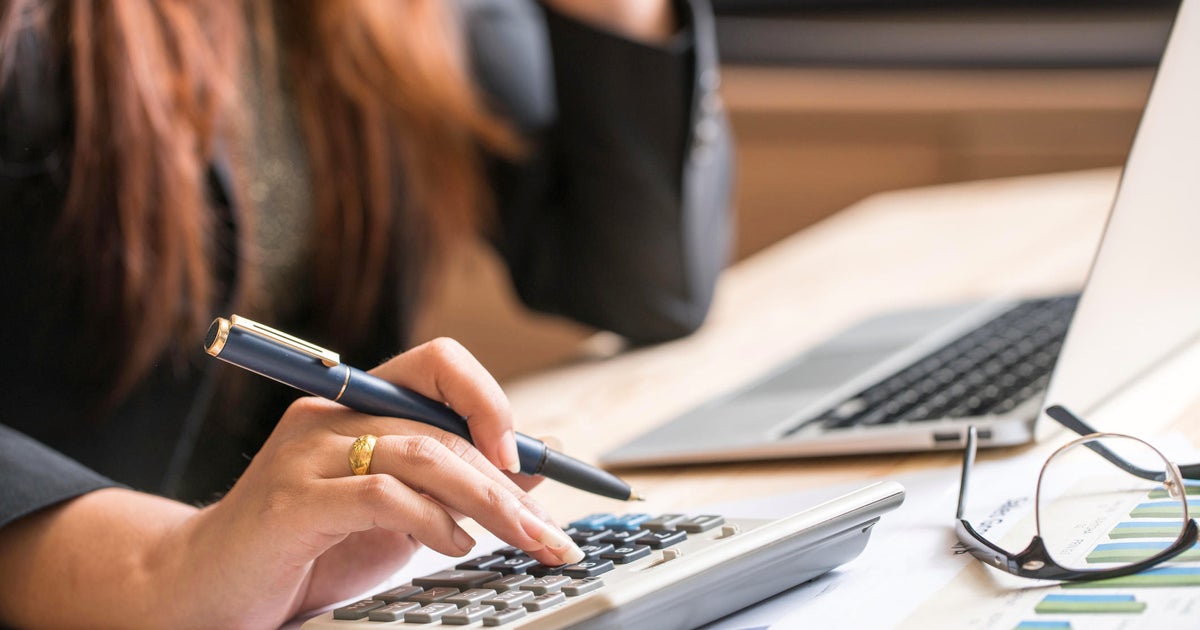How much money should I put in a high-yield savings account?
High-yield savings accounts are an great place to store and protect your hard-earned money. These types of accounts offer higher interest rates than regular savings accounts, which can translate into more money over time. They're also safe, flexible and often carry few or no fees. But how much should you keep in a high-yield savings account? The question really comes down to two major considerations.
Explore your high-yield savings account options here now to see how much more money you could be earning!
How much money should I put in a high-yield savings account?
There's no hard-and-fast rule about how much money you should keep in your high-yield savings account. Your target amount depends on your financial goals and budget. That said, there are two big things to keep in mind when calculating how much you should aim for.
Consider your needs and goals
High-yield savings accounts are great for two things in particular: Building an emergency fund and saving up for short-term goals, such as a vacation or a new car. How much you put aside for both depends on your situation.
Emergency fund
For an emergency fund, experts suggest saving at least three to six months' worth of living expenses. This includes essentials such as housing, utilities, food, health care and transportation. For example, if your average monthly expenses are $3,000, you'd want to save at least $9,000 to $18,000.
If you can rely on a partner's income if you lose your job, you might get away with the lower end of that range. But it doesn't hurt to play it safe and aim higher. Putting aside more will give you extra breathing room to weather extended unemployment and any unforeseen major expenses, such as medical bills.
Short-term savings goals
For short-term goals, how much you put aside depends on how much you've budgeted for the goal. Only you know how much you can afford to spend on something like a new car while still meeting your other financial goals, such as saving for retirement and paying down debt.
Beware of FDIC deposit limits
The Federal Deposit Insurance Corporation insures deposits up to $250,000 per account per bank. If you deposit more than that, it won't be protected if the bank fails. Instead, look into holding multiple accounts at different FDIC-insured institutions. This way, all of the money you deposit will be safe in the event of bank failure.
That said, if you have more than $250,000 to put away, you may want to put some of it into a product that earns a higher interest rate. Your high-yield savings account should contain enough to cover a job loss or other unexpected expense, but anything above that could grow faster in a certificate of deposit (CD), money market account or the stock market. Weigh your short-term needs against your long-term ones to ensure your money works as hard for you as possible.
For other financial purposes, a different type of account might serve you better. For instance, if you want to make regular deposits and withdrawals to cover day-to-day expenses, you'll want a checking account since savings accounts often limit the number of monthly withdrawals you can make. For long-term goals like retirement, a 401(k) or IRA serves you better because you'll earn more interest in the long run.
Plus, diversifying your money across several different types of accounts can help you maximize your interest and minimize risk. A high-yield savings account is a great financial tool, but it shouldn't be the only one in your tool belt.
If you're in the market for a high-yield savings account, explore your rates and options here.
Setting your savings priorities
In addition to how much you should save, it's important to determine which savings goals to focus on first. As a rule, experts recommend building a healthy emergency savings fund first. Without one, an unexpected setback could easily derail your other financial goals.
Once you have a solid emergency fund in place, you can focus on other savings priorities, such as putting money aside for your child's education, a vacation or a new car.
The bottom line
Savings are a fundamental part of any financial plan. Part of smart saving is knowing how much of your money to put where. Too little in your account means you might be unable to weather financial storms; too much means your money might not earn as much as it can. Carefully considering your needs and goals can help you strike the right balance when choosing a high-yield savings account and deciding how much to put in it.
Start your search for a high-yield savings account here and start earning more interest today!




